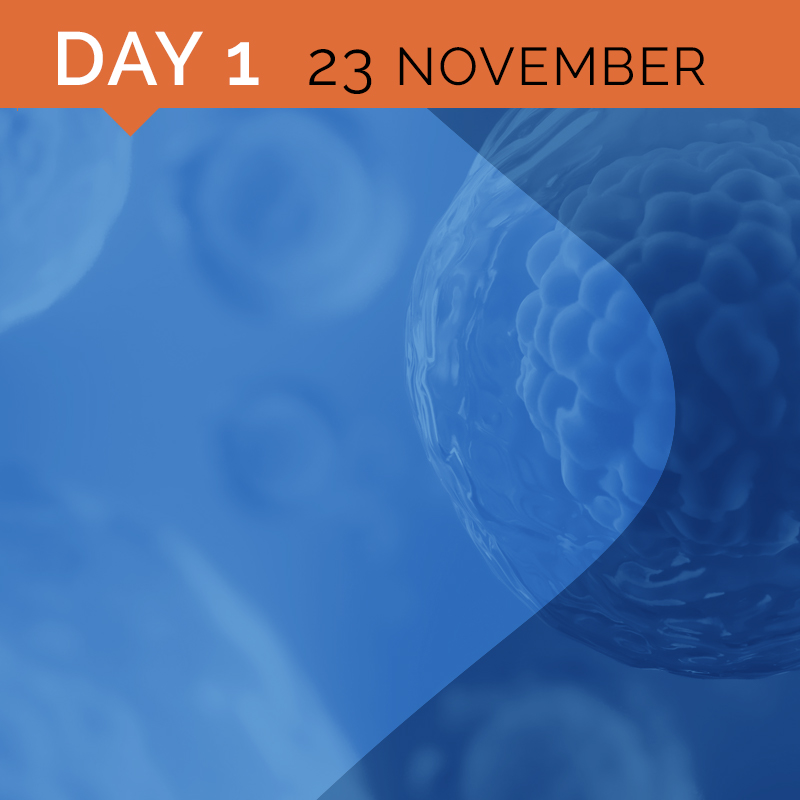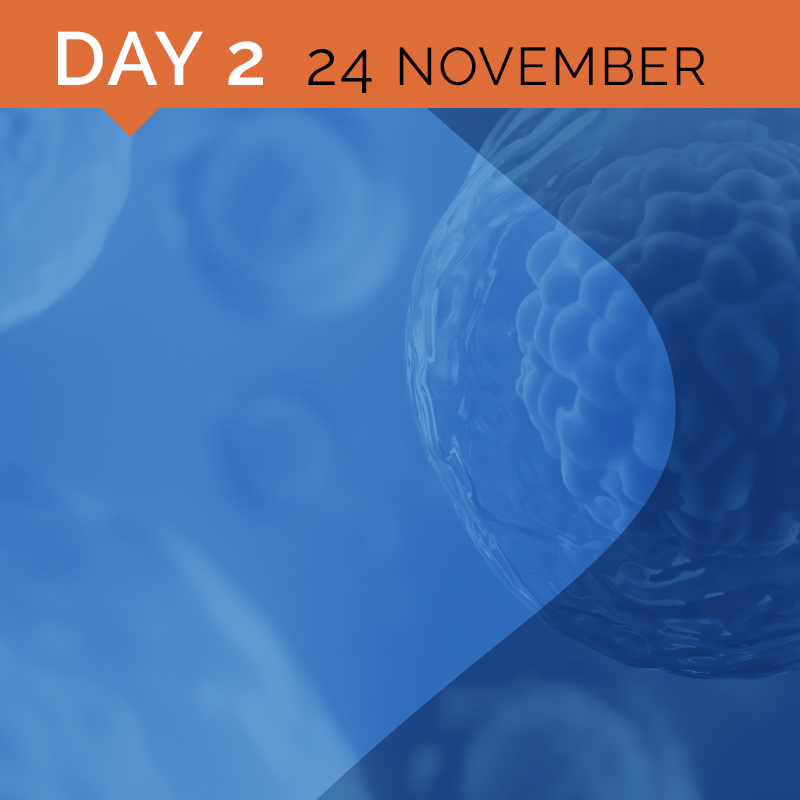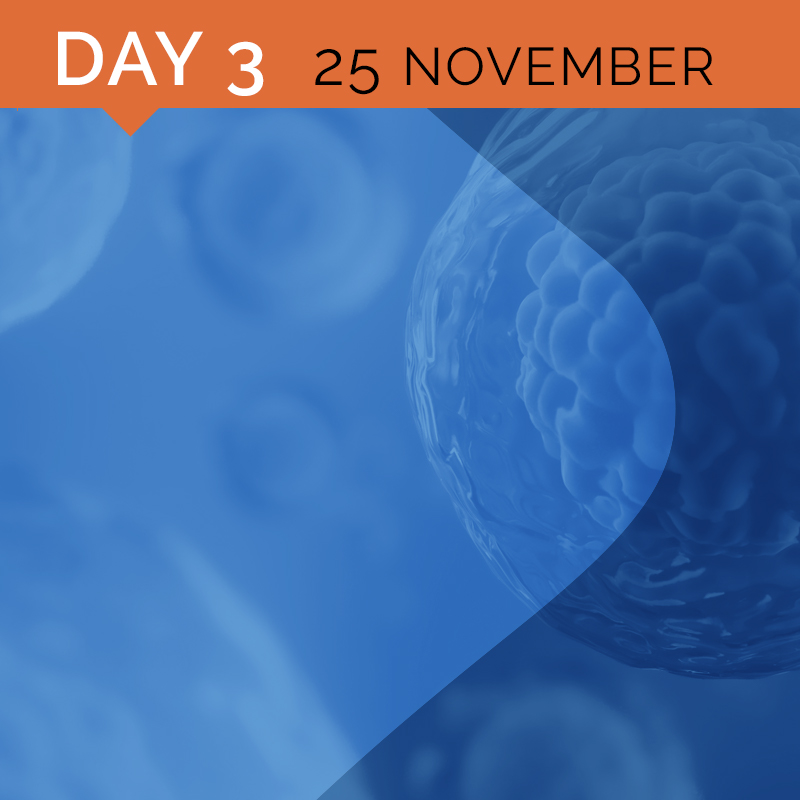BIG QUESTIONS IN AGEING BIOLOGY
 Biological systems are complex yet often guided by simple principles. These principles – rooted in physical laws – define the boundaries of the pitch on which evolution plays. These extend beyond species and represent the transferable mechanisms we seek in our fight against ageing and age-related disease. In contrast to most meetings that focus on the “what”, we aimed to foster a creative, open exploration of the physical limits and trade-offs behind why organisms have collectively converged on their solutions.
Biological systems are complex yet often guided by simple principles. These principles – rooted in physical laws – define the boundaries of the pitch on which evolution plays. These extend beyond species and represent the transferable mechanisms we seek in our fight against ageing and age-related disease. In contrast to most meetings that focus on the “what”, we aimed to foster a creative, open exploration of the physical limits and trade-offs behind why organisms have collectively converged on their solutions.

This high-level discussion of the architecture of ageing was achieved by bringing together experts on a broad range of biological length scales. At the molecular level, we explored the necessary frailty of proteins to chemical and conformational ageing, and the inherent limits in detecting and clearing these altered forms – or
proteoforms. Building on these principles, we discussed how metabolism interacts with the quality of proteomes and may be limited by it. We concluded by exploring the origins of information loss in ageing systems and its implications to an immune system that must distinguish self from non-self in an increasingly unrecognisable body.
![]() Biological systems are complex yet often guided by simple principles. These principles – rooted in physical laws – define the boundaries of the pitch on which evolution plays. These extend beyond species and represent the transferable mechanisms we seek in our fight against ageing and age-related disease. In contrast to most meetings that focus on the “what”, we aimed to foster a creative, open exploration of the physical limits and trade-offs behind why organisms have collectively converged on their solutions.
Biological systems are complex yet often guided by simple principles. These principles – rooted in physical laws – define the boundaries of the pitch on which evolution plays. These extend beyond species and represent the transferable mechanisms we seek in our fight against ageing and age-related disease. In contrast to most meetings that focus on the “what”, we aimed to foster a creative, open exploration of the physical limits and trade-offs behind why organisms have collectively converged on their solutions.





